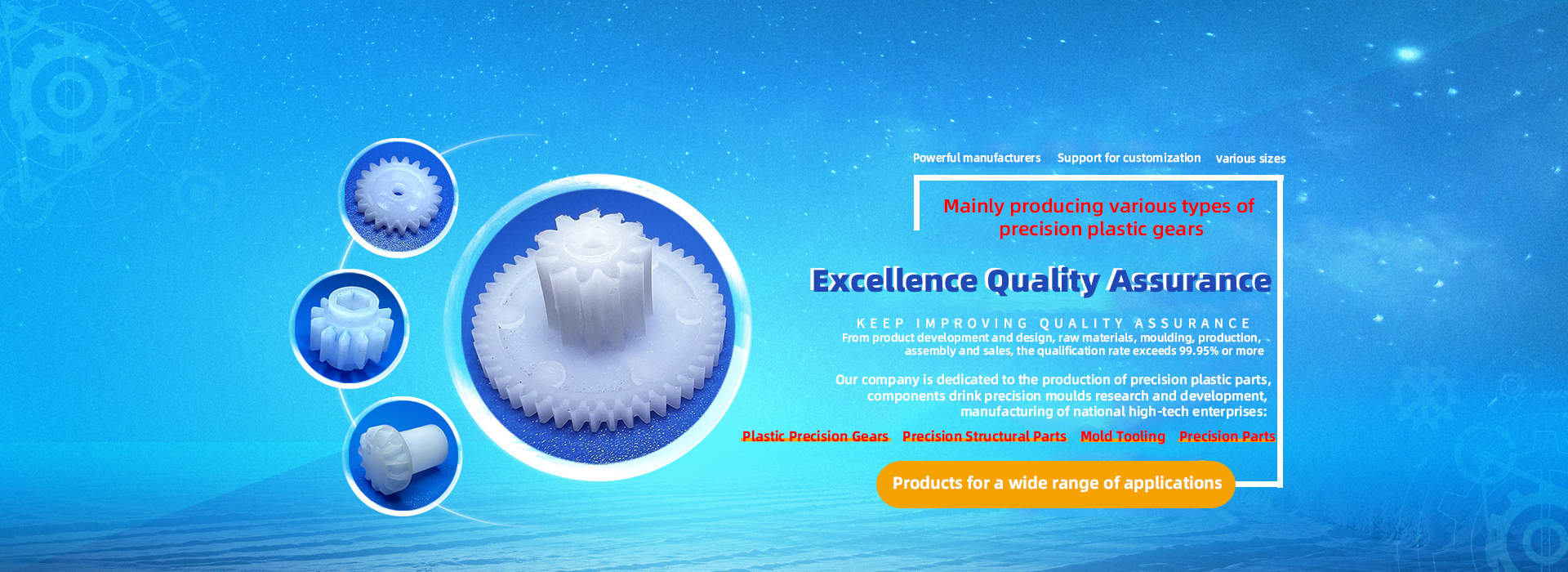What are the causes of gear noise?
The plastic gear unit is generally only part of the machine, so the noise from the gear unit is part of the noise from the whole machine.
Measuring the noise of a gear unit must take into account the effects of the machine's prime mover, working machine, accessories, mounting base and environment, i.e. noise testing should be carried out under the specified testing conditions.
(1) As the installation and linkage situation has a significant influence on the acoustic radiation of the gear unit, the gear unit under test should be installed so that the influence of the measurement environment is small.
The difference between the measured sound pressure level of the gear unit and the background noise sound pressure level is not less than 6dB, and the difference between the measured background noise before and after the measurement should not be greater than 1.0dB.
(3) For gear units used at a constant operating speed measurements should be taken at the actual speed of the sound.
(4) For gears used at non-constant speeds, the actual speed should be measured. (4) For gear units used at non-constant source drilling speeds, the arithmetic mean of the design speed range is used as the measured speed.
The main reasons for this occurring are the following.
(1) Gear design: improper selection of parameters, overlap too small, improper or no tooth profile trimming, unreasonable gearbox structure, etc.
(2) Gear processing: base section error and tooth shape error is too large, tooth side clearance is too large, surface roughness is too large, etc.
(3) Wheel system and gear box: eccentric assembly, low contact accuracy, poor parallelism of the shaft, insufficient stiffness of the shaft, bearing and support, poor rotary accuracy of the bearing and improper clearance, etc. (4) Other aspects: input torque, fluctuation of load torque, torsional vibration of the shaft system, balance of the motor and other transmission pairs, etc.













